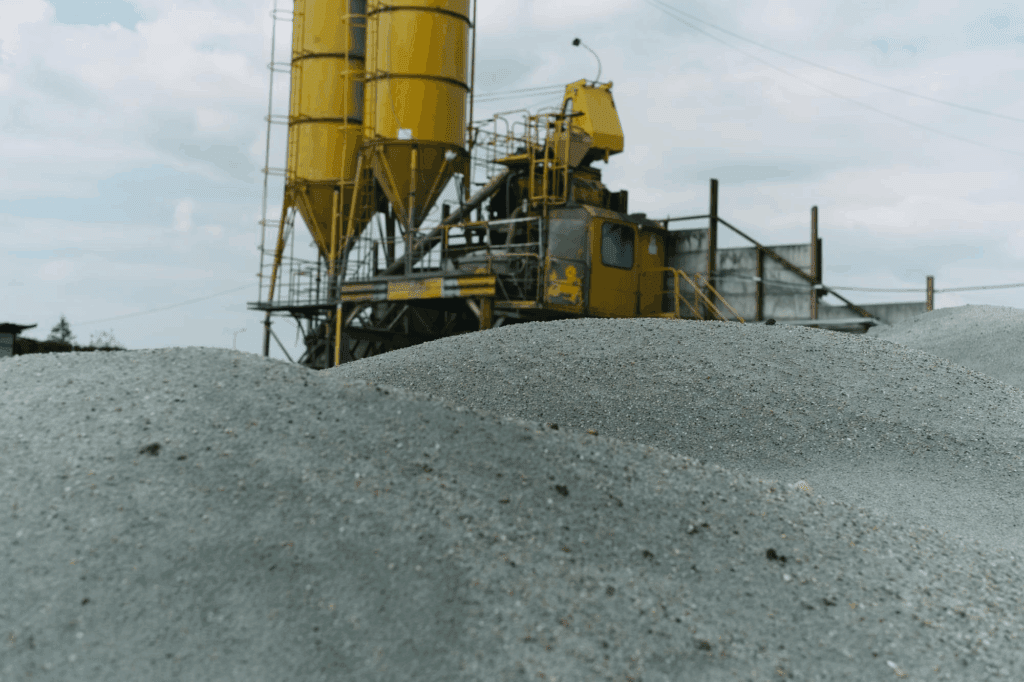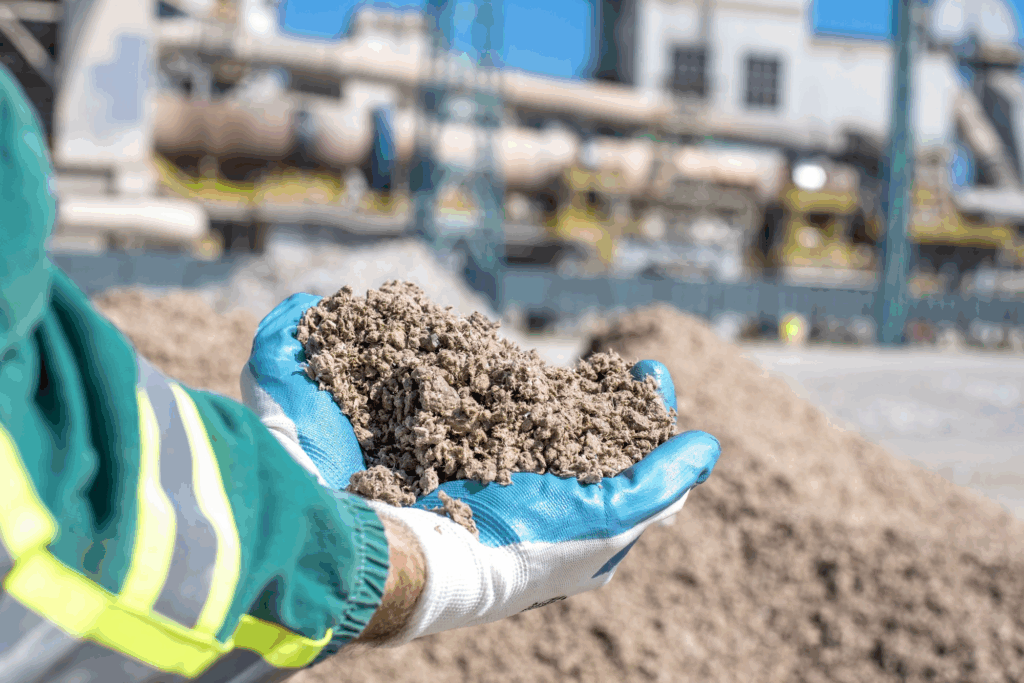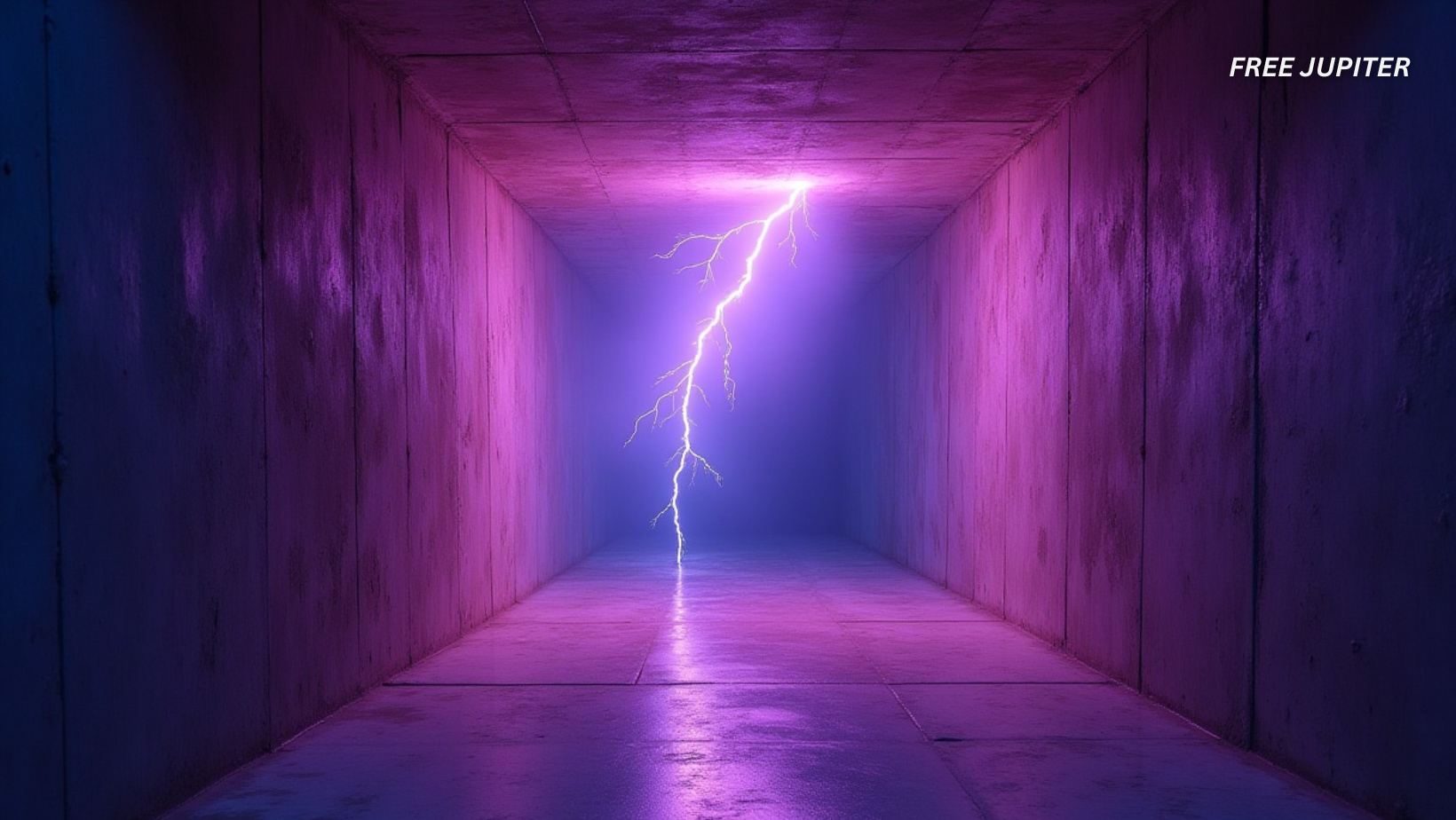Friendly Note: FreeJupiter.com shares general info for curious minds 🌟 Please fact-check all claims—and always check health matters with a professional 💙
Scientists have developed a new type of cement that can store and supply electricity. This breakthrough could change how we power buildings. Instead of relying entirely on outside electricity, structures may soon generate their own energy. This material turns concrete surfaces into long-term energy storage systems.
It works like a supercapacitor, but it is strong enough to support buildings. The potential for this innovation is massive. Experts believe this material could become a key component in reducing dependency on traditional energy infrastructure.
Its potential applications range from residential housing to commercial and industrial projects, providing backup power or storing excess renewable energy. As cities grow and energy demands increase, integrating power storage into construction materials could transform urban planning.
How This Cement Generates and Stores Power
Researchers mixed carbon black, a conductive material, into standard Portland cement. Then they added water to create a concrete blend. Once dried, the concrete forms an internal network that stores and discharges electricity.
It acts like a battery, storing power for use later. It doesn’t generate electricity like solar panels, but it stores energy from other sources and releases it when needed. That means it could work with solar or wind energy for a complete home power system.
Experts believe this type of integration can streamline construction while providing reliable, embedded energy storage. It’s also easier to maintain than traditional systems and could extend the lifespan of a building’s energy setup.
Read More: Scientists Discover ‘Limitless’ Energy Source That Could Power Our Country for 60,000 Years
The Energy Storage Capacity Is Surprisingly High
The research team from MIT and Harvard found that a single block of this cement can store enough energy to power small electronics. A full wall made from it could light an entire home overnight.
Although it can’t yet replace an entire electric grid, the energy it stores is meaningful. One square meter of this material, when scaled, could hold 300 watt-hours of electricity.
That’s enough to charge your phone hundreds of times or run lights during outages. The potential for stacking and layering these energy units across large structures also suggests scalability for commercial and public infrastructure, such as schools, libraries, or emergency shelters.

Why Cement-Based Energy Storage Is a Game Changer
This innovation is different from other batteries. Traditional batteries require rare minerals like lithium and cobalt. This cement uses cheap, widely available materials. It’s also non-toxic and can be recycled like standard building debris.
It doesn’t overheat or pose a fire risk. Unlike wall-mounted batteries, it doesn’t need extra space. It’s built directly into the home, which lowers installation costs and simplifies building design.
Cities could retrofit existing structures with energy-storing walls, creating energy-resilient zones in vulnerable neighborhoods. It may also reduce energy waste and infrastructure repair costs over time.
Buildings Could Become Giant Energy Banks
One vision is to use this cement in walls, foundations, and sidewalks. A house could store solar power during the day and run lights and appliances at night. Even apartment buildings or parking garages could act as community-scale batteries.
Combined with solar panels or wind turbines, this technology could make buildings nearly self-sufficient. Cities might cut their electricity bills and carbon footprints at the same time.
Some experts suggest entire blocks of buildings could connect into microgrids, making neighborhoods more resilient to outages and natural disasters.
It’s Still Early, but the Potential Is Huge
This energy-storing cement is still in the experimental phase. It’s being tested for real-world durability and safety. Researchers are looking into how long it can hold a charge and how often it can be recharged.
They’re also figuring out how to scale it for entire buildings. Engineers want to balance strength, flexibility, and cost. But early tests are promising. If successful, this could bring energy storage directly into the walls of homes and offices.
Further development is focused on improving charging efficiency and exploring optimal combinations of conductive materials for longer-term use.

Could It Replace Traditional Power Grids Someday?
This cement is not meant to replace power plants entirely. Instead, it complements renewable energy systems. It stores energy generated during peak times, then releases it when needed. It reduces reliance on fossil fuels and decreases the load on the electric grid.
It could make blackouts less common and reduce the need for large external batteries. That’s especially important in rural or remote areas where power access is limited. In future planning, city developers could prioritize self-sustaining zones powered by cement infrastructure and renewable energy partnerships.
Low-Cost Construction Meets High-Tech Energy Storage
Unlike other energy storage systems, this cement keeps construction costs low. Builders don’t need to install additional components. Everything is embedded in the walls.
That makes the technology accessible to more communities. It could be used in affordable housing, disaster shelters, or off-grid homes. Countries looking to expand energy access without building new power plants could benefit the most.
Governments and nonprofits may also find this technology helpful in addressing energy poverty or providing fast, scalable housing solutions during emergencies.
It Could Work With Solar, Wind, or Even Kinetic Energy
This cement doesn’t create power on its own. It needs energy from another source. That’s where solar panels, wind turbines, or kinetic energy generators come in. This concrete stores that energy and provides it when needed.
Imagine walking on a concrete floor that captures energy from your footsteps, stores it in the floor, and uses it to power nearby lights. That idea is closer to reality now than ever before.
Projects that integrate movement-powered surfaces could merge with this cement, turning sidewalks and public spaces into constant energy harvesters.
Real-World Testing Is the Next Step
Universities are partnering with industry groups to test this cement in real buildings. They’re monitoring performance, environmental resistance, and lifespan. Will it crack or degrade after years of use?
Can it survive harsh weather? How well does it hold power over long periods? These are the key questions researchers hope to answer before it becomes mainstream. Test sites are also analyzing how the material behaves under different construction styles, climate conditions, and electrical loads, all crucial for mass adoption.
Cement That Powers Your House: Coming Soon?
If testing continues to go well, this material could enter the market within the next decade. Builders may begin using it in new construction projects across the world. Eventually, it could become a standard material in green building design.
Just like energy-efficient windows and insulated roofs became common, energy-storing cement may be next. Municipal codes might even adapt to include it in new sustainability mandates, much like solar requirements in some regions today.
What This Means for the Future of Home Design
Home design could look very different in the next few decades. Future homes might not need visible solar panels or external batteries. Instead, they’ll be made of energy-storing walls and floors.
Every structure, from houses to schools and malls, could generate and store its own electricity. This change could reduce electricity bills and create more sustainable cities. Architects might begin to design with built-in power grids in mind, blending aesthetic and energy-conscious elements into the structure itself.
Read More: Scientists May Have Found a Hidden Energy Source That Could Power Earth for 170,000 Years
Environmental Benefits Could Be Significant
Traditional power grids lose energy during transmission. But this system stores and uses energy at the source. That means less energy loss and fewer emissions. It reduces the need for large centralized power plants and supports local, renewable energy solutions.
This cement could become a building block in fighting climate change, one wall at a time. It could also reduce carbon output from backup generators, especially in areas with unreliable or outdated infrastructure.
A Future Where Cement Does More Than Just Support
Cement has always been seen as passive, but now it may become a key part of clean energy systems. From roads to rooftops, structures will not only stand tall, they’ll power our lives. If the promise of this technology holds, it could change everything about how we think of buildings.
Instead of consuming energy, they’ll supply it. Entire transportation hubs and smart cities may one day rely on this passive energy reservoir to stay operational and efficient.
A Solid Path to Sustainable Energy
This new cement won’t solve all our energy problems, but it’s a strong step forward. It brings together common materials and modern technology. By turning walls and foundations into energy storage units, it helps make homes smarter and greener.
As research continues, it may pave the way for a future where moving into a new home also means gaining a new source of electricity. With further investment and innovation, we may see entire communities powered by the very structures they live and work in.










